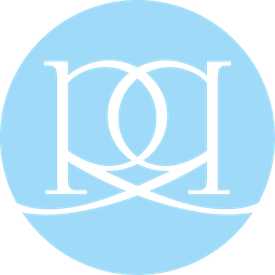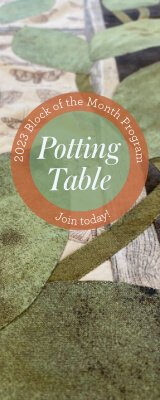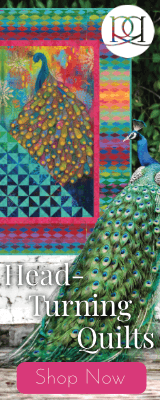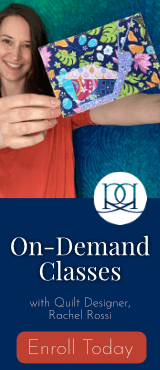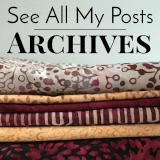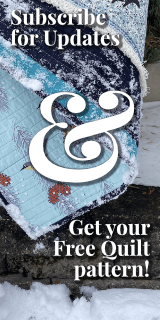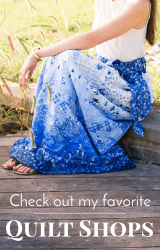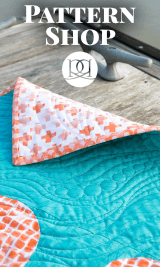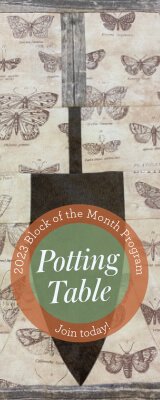
You might be surprised to learn that your stitch plate does more than just show you where your seam allowances are landing. Did you know that you can (and probably should) change your stitch plate, depending on your project? Today, I want to tell you all about straight stitch plates and why I love them.

Note: This post contains affiliate links. If you choose to click on a link or image, I may receive a small commission. This doesn’t increase your price in any way and is how I’m able to create free content for you every week. Thank you for your support!
As you sew, your needle creates small indents on your fabric. Blunt needles and faster sewing speeds will create larger indentations. This isn’t typically even on your radar until you’re using a lightweight fabric or sewing close to the edge of your fabric.
But did you know that by simply switching out your wide stitch plate for a straight stitch plate, you can get straighter stitches and less indentations?
The straight stitch plate differs very slightly from what is probably already on your machine. Most machines just come with a 5mm stitch plate, because this allows not only straight stitches, but zig zag and decorative stitches as well.

If you look at the center hole where your needle goes down through the plate, you’ll notice that it looks like a long oval (5mm or 9mm stitch plate) or a small circle (the straight stitch plate).

As you may have guessed by the name, the Straight Stitch Plate can only be used with straight stitches. This is the only thing I don’t like about using this plate…I usually forget to change it when I switch to a wider stitch.

What I love about this foot is that my machine doesn’t eat my fabric as often because there’s nowhere for the fabric to get stuck…better yet, my stitches really are straighter! It’s a great trick for nice straight piecing and free-motion quilting.
Have you switched to a straight stitch plate for piecing? What else do you like to use it for?
